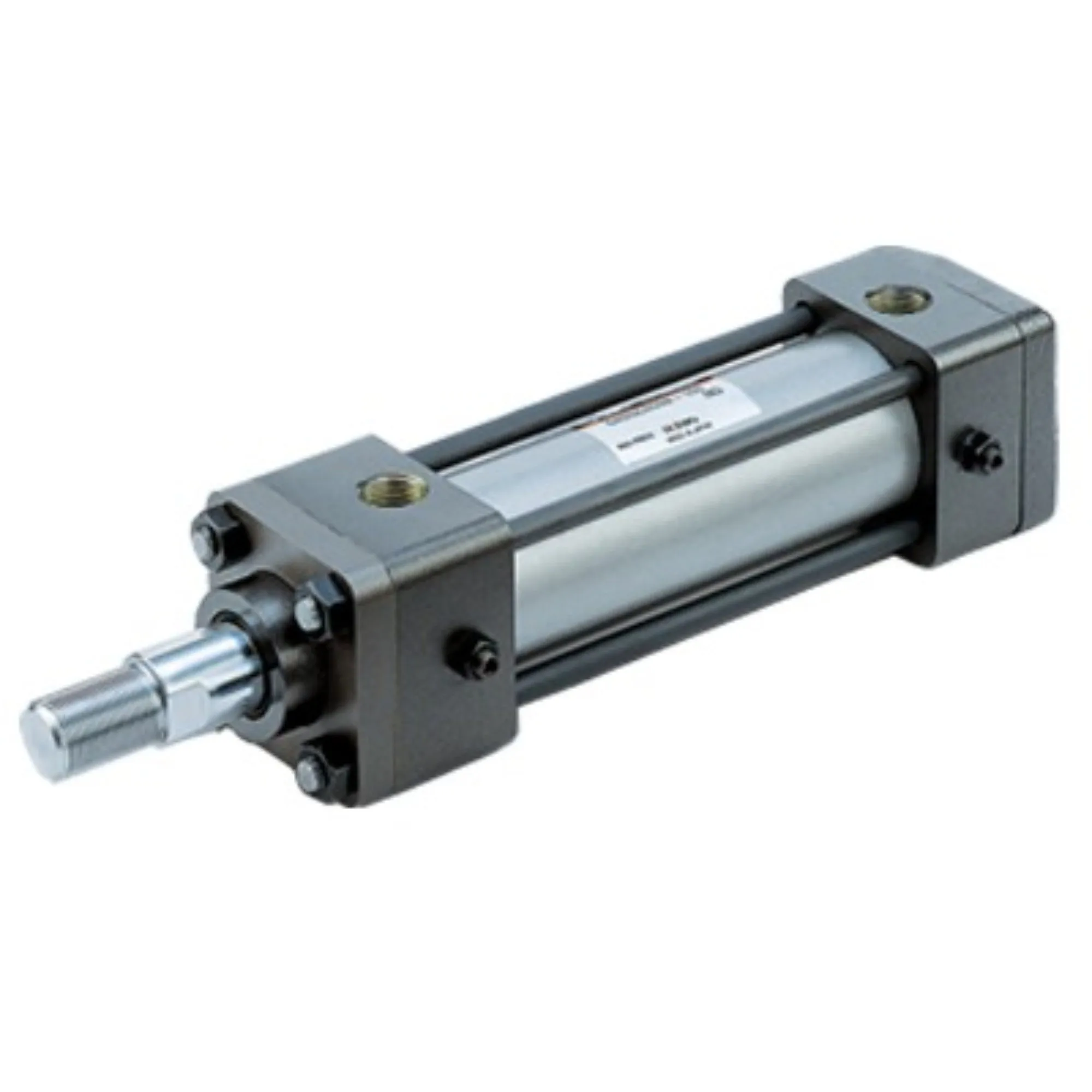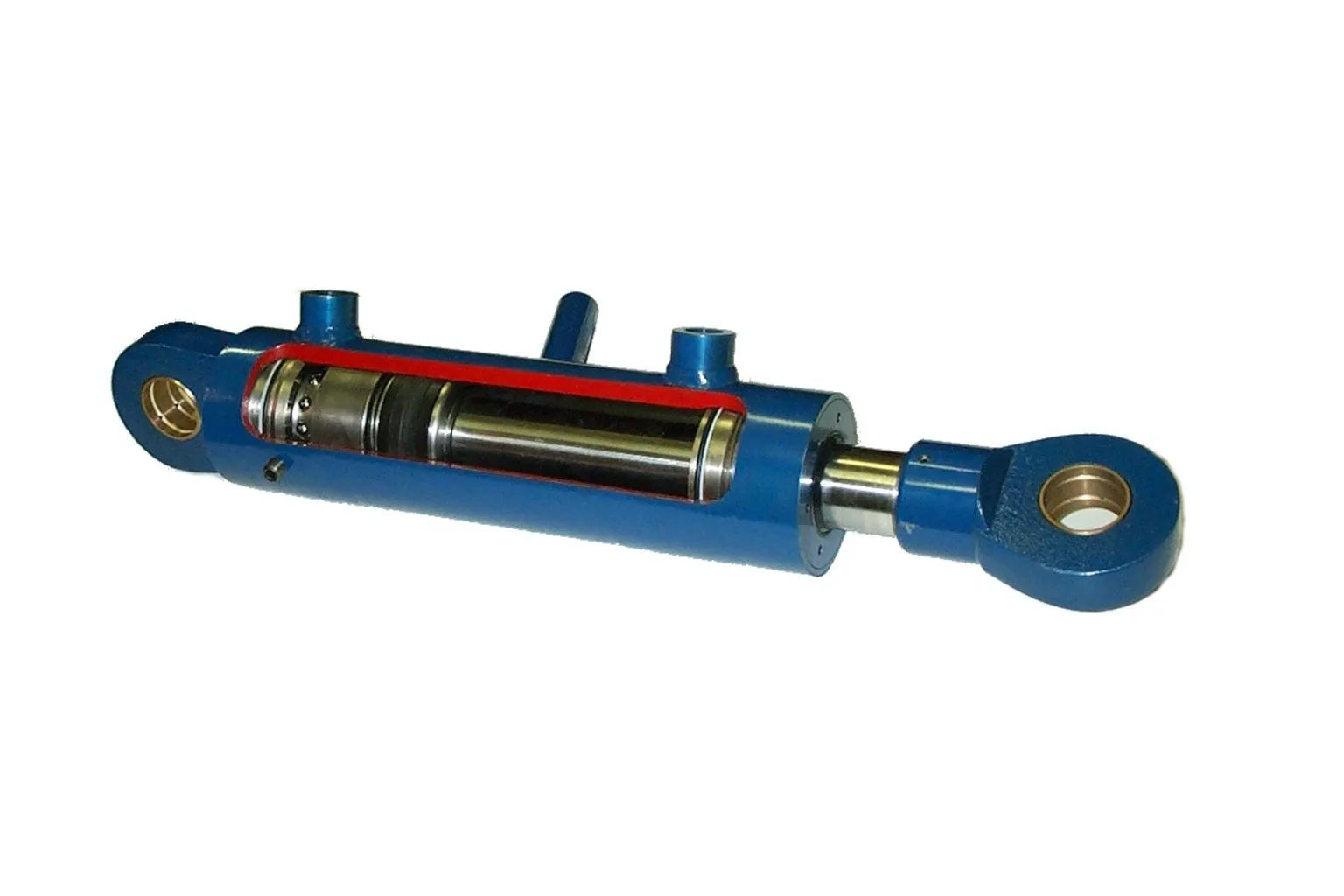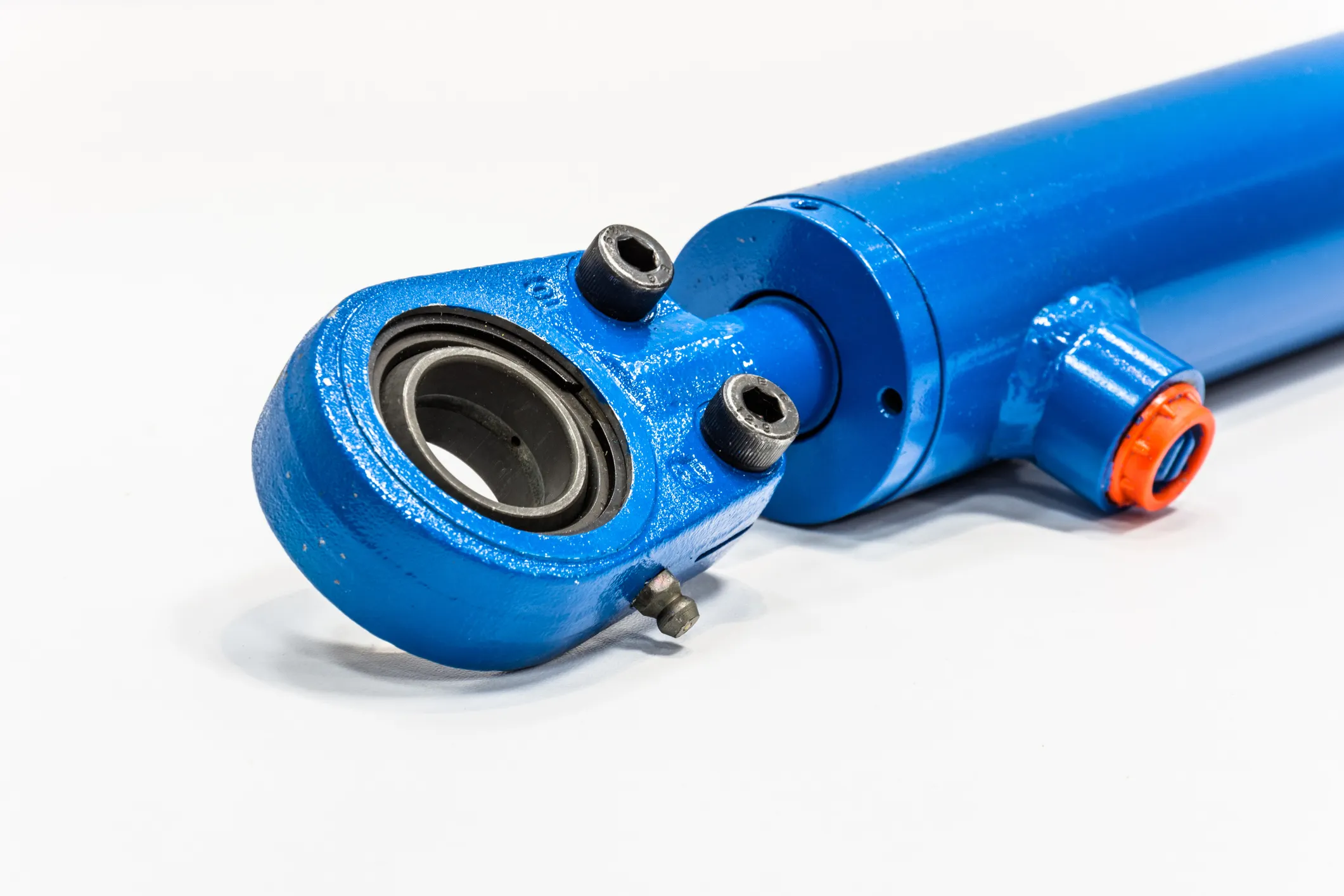Understanding Locking Single-Acting Hydraulic Cylinder In Material Handling
The locking single-acting hydraulic cylinder is a specialized component that operates under hydraulic pressure in one direction and features a locking function to prevent movement in the absence of pressure. This cylinder plays a crucial role in material handling equipment where safety and precision are paramount.
Design and Construction Characteristics
Locking Mechanism – Safety: The main feature of the locking single-acting hydraulic cylinder is its locking mechanism, which ensures that the piston stays in place even when hydraulic pressure is lost, preventing accidental retractions. This mechanism can be mechanical or hydraulic, offering different levels of safety.
Variety: The design of the locking mechanism can be customized to suit specific applications, including the use of spring-loaded devices, pin locks, or other mechanical systems. This versatility allows for tailored solutions for various material handling needs.
Compact Structure – Space Optimization: Locking single-acting hydraulic cylinders are designed to be compact, making them ideal for use in confined spaces. Their efficient design allows for seamless integration into a wide range of equipment and machinery.
Precision Manufacturing
The construction of locking single-acting hydraulic cylinders involves high-precision machining to ensure optimal performance. Components are meticulously manufactured to guarantee a proper fit, seal, and prevent leakage. Strict quality control measures are implemented throughout the production process to uphold reliability.
Assembly Process
Specialized technicians oversee the assembly of locking single-acting hydraulic cylinders to ensure accurate installation and calibration of individual components. A pressure test is typically conducted post-assembly to confirm the cylinder’s performance and integrity.
Working Principle
The locking single-acting hydraulic cylinder functions by utilizing a locking mechanism to prevent piston retraction under load. When hydraulic oil is pumped into the chamber, the cylinder extends and pushes the piston outward. This mechanism ensures stability and safety in material handling applications.
Types and Configurations
There are three main types of locking single-acting hydraulic cylinders, each offering unique configurations to suit diverse requirements. These variations provide flexibility in design and application, catering to a wide range of material handling tasks.
Benefits
Enhanced Security: The locking feature significantly reduces the risk of accidental retractions, enhancing operator safety and equipment reliability.
Reliability: These cylinders are designed to operate effectively under high loads and varying environmental conditions, ensuring consistent performance in material handling tasks.
Simplicity: Easy to operate and maintain, locking single-acting hydraulic cylinders are user-friendly and versatile for a variety of applications.
Application Scenarios
Construction Equipment: Commonly used in cranes, hoists, and lifts to securely handle heavy loads during construction projects.
Manufacturing: Employed in presses to form materials under high pressure and stabilize components during processing.
Transportation: Utilized in stabilizers and jacks for vehicles to ensure safety during maintenance or transport operations.
Design Considerations

When selecting a locking single-acting hydraulic cylinder for material handling, key design considerations include bearing capacity, sealing, durability, safety, and maintainability. Each aspect plays a crucial role in ensuring optimal performance and longevity.
Sealing and Lubrication
The sealing and lubrication of locking single-acting hydraulic cylinders are essential for their proper function. Utilizing high-quality seals and regular lubrication maintenance helps prevent wear and leakage, ensuring efficient operation in material handling applications.


Regular Inspection and Maintenance
Implementing regular inspection and preventive maintenance measures is vital to prolonging the lifespan of locking single-acting hydraulic cylinders. By adhering to maintenance schedules and promptly addressing issues, potential downtime and costly repairs can be minimized.
Installation Guide
Proper installation of locking single-acting hydraulic cylinders is crucial for optimal performance. Following manufacturer guidelines and ensuring correct alignment, lubrication, and calibration are essential steps in guaranteeing the cylinders’ effectiveness in material handling tasks.
Maintenance Tasks
Regular inspection, proper lubrication, seal replacement, and calibration checks are key maintenance tasks to uphold the functionality of locking single-acting hydraulic cylinders. Emphasizing correct installation practices and timely maintenance routines can extend the service life of the cylinders.
Safety Considerations
Addressing safety measures and environmental factors when using locking single-acting hydraulic cylinders is imperative to prevent accidents and ensure operator well-being. Implementing safety protocols and adhering to industry standards can safeguard personnel and equipment during material handling operations.
Fault Diagnosis and Solutions
Understanding common problems and fault diagnosis in locking single-acting hydraulic cylinders aids in prompt troubleshooting and resolution. By identifying issues early and implementing effective solutions, downtime can be minimized, and operational efficiency maintained.
Unit Power

The unit power of locking single-acting hydraulic cylinders plays a crucial role in determining their performance capabilities. Factors such as cylinder diameter, stroke, operating pressure, piston speed, and load conditions significantly impact the power output and efficiency of the cylinders.
Optimizing Power Unit
Optimizing the power unit of locking single-acting hydraulic cylinders can yield multiple benefits, including improved efficiency, energy savings, and enhanced reliability. By fine-tuning power management strategies, operators can maximize the cylinders’ performance and longevity in material handling applications.
FAQs
How does the locking mechanism in a single-acting hydraulic cylinder work? The locking mechanism prevents piston retraction under load by utilizing mechanical or hydraulic locks to maintain stability and safety.
What advantages do locking single-acting hydraulic cylinders offer over standard single-acting cylinders? Locking cylinders provide enhanced security, reliability, and simplicity, making them ideal for critical material handling tasks.
In what applications are locking single-acting hydraulic cylinders commonly used? These cylinders are frequently employed in construction equipment, manufacturing processes, transportation vehicles, and aviation systems to secure loads and ensure operational safety.
Long-Tail Keywords
1. “Locking Single-Acting Hydraulic Cylinder Maintenance and Safety”
2. “Precision Design and Performance of Locking Hydraulic Cylinders”
3. “Enhancing Material Handling Efficiency with Locking Single-Acting Cylinders”
Our Company
We are a leading hydraulic cylinder replacement manufacturer known for our comprehensive product line and exceptional quality. With a focus on professionalism, international certifications, customized services, advanced production equipment, and reliable after-sales support, we strive to meet the diverse needs of our customers.
Author: lyl
